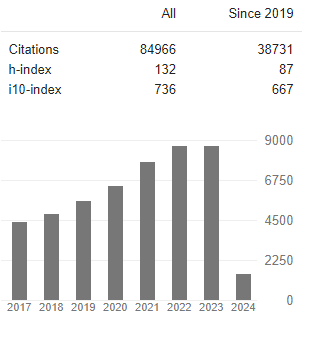The Morphological Features of Sucker Ring Teeth of Cuttlefish Sepia Pharaonis from the Arabian Gulf
Abstract
Marwa Elnagar
Amongst decapodiform cephalopods, Cuttlefishes have ‘teeth’ in the sucker rings of their arms and tentacles. They use their multiple arms for complex behaviors, including prey capture, grasping and transferring a batch of spermatophores to females. Understanding the unique morphologies of the sucker rings of these arms is critical for understanding the complex behaviors and reproductive strategies of cephalopods. Owing to the lack of previous reports a study was designed to explore the shape of the sucker teeth on the tentacle club, the regular arm and hectocotylus suckers of Sepia pharaonis Ehrenberg, 1831 from the Arabian Gulf area using scanning electron microscopy (SEM). The present study reports the morphological features of the sucker ring teeth; Investigating, counting and describing briefly the teeth of the sucker ring using scanning electron microscopy (SEM). The present study reported the piston- like muscle bed in the cavity of the tentacle sucker accompanied by the toothless chitinous ring for the first time assuming their mechanism of action and supporting the previous studies about cuttlefish hunting strategies. Our results not only linking the morphology and function of the sucker ring but also can be used in identification and discrimination between Decapodiforms species.




